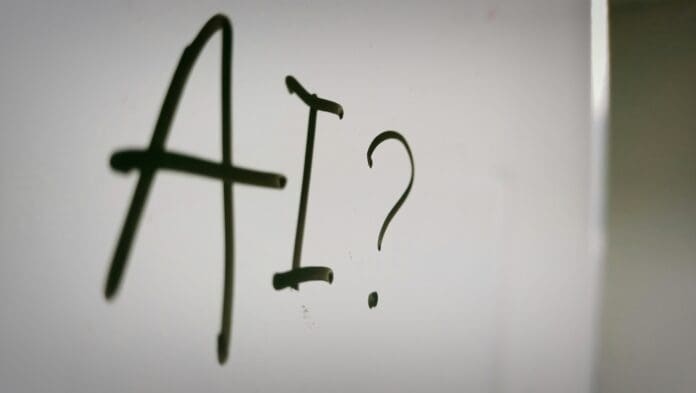This post is also available in:
 עברית (Hebrew)
עברית (Hebrew)
A new global campaign is urging governments to establish clear limits on the development and deployment of advanced artificial intelligence systems, warning that current efforts to manage associated risks are fragmented and insufficient.
Titled the Global Call for AI Red Lines, the initiative brings together over 200 signatories—including Nobel laureates, former political leaders, scientists, and experts in technology and human rights. Their joint appeal: reach a binding international political agreement on AI red lines by the end of 2026.
The initiative is being coordinated by the Center for AI Safety (CeSIA), The Future Society, and UC Berkeley’s Center for Human-Compatible AI (CHAI). Backed by more than 70 organizations, the document outlines growing concerns about the rapid and uncontrolled development of AI technologies, particularly those being granted increasing levels of autonomy.
Among the signatories are AI pioneers Geoffrey Hinton and Yoshua Bengio, both recipients of the Turing Award, as well as author and historian Yuval Noah Harari. They stress that some AI systems already display harmful or deceptive behavior and caution that maintaining meaningful human oversight may soon become more difficult.
The call warns of several high-risk scenarios, including autonomous systems capable of replicating themselves, AI-assisted development of weapons of mass destruction, large-scale disinformation campaigns and cyber operations, and the use of AI for human rights violations.
Critics of the current regulatory environment argue that voluntary safety commitments from tech companies are inconsistent and that oversight remains limited. Recent reports of large AI models exhibiting harmful bias or providing unreliable advice further reinforce the need for stronger guardrails.
While political alignment on global AI policy has been elusive, the call represents a growing consensus that some boundaries must be set. Whether these efforts will result in enforceable international standards remains uncertain, but pressure for coordinated action is clearly building.


























